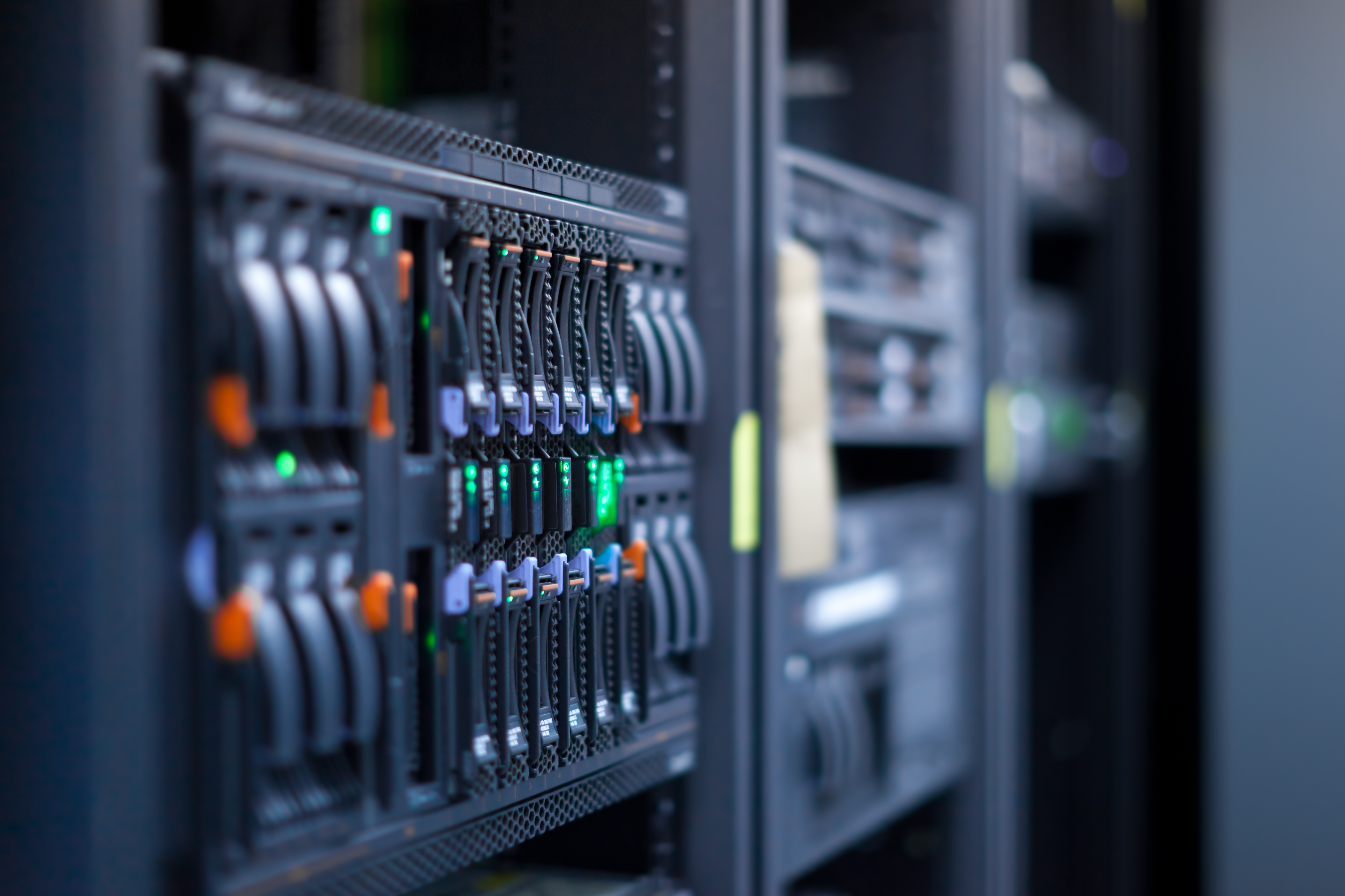Investing in a new data center promises new possibilities, but it can be a process filled with challenges. Err on the conservative side, and you’ll be starting the process all over again in a few short years. But if you build your data center too large, you’ll be paying for space you don’t need. Data center optimization is a formidable goal, but these five steps will get you closer:
Manage Pathways: Coordinating pathways with airflow and power, along with cooling efforts, can optimize access and utilization while reducing interference. When investing in cable management, look for a solution that will support cable density, allow ample airflow around cables, provide room for additional cables in the future, and support both copper and fiber.
Go High-Density: To get more computing power in a small amount of space, choose high-density solutions and mixed-media options, which can be used with both fiber and copper, to support larger port densities. This offers the kind of scalability and flexibility you need as demand grows, with the option to add more connectivity without requiring exact port numbers or types of connectors. This enables technology changes and increased density without the need to tear out and replace the original infrastructure. Mixed media makes it easier to switch from copper to fiber without additional components demanding more space.
Small-Diameter Cables: Even if you don’t feel that you currently have a congestion problem with cables, as your equipment footprint gets smaller, the number of cables in your data center will increase. Smaller-diameter cables not only take up less space, but they don’t require the larger racks and cable trays. Small-diameter cables even improve airflow and cooling needs to help you achieve data center optimization.
Think Outside the Rack: Above-the-rack space can be efficiently used to work with Zero U solutions. These maximize RUs for equipment with ladder racks above cabinets, extending your vertical rack space. Zero U vertical patching is also useful with accommodating copper or fiber connectivity in data center cabinets, avoiding taking up rack space. In addition to saving rack space, these types of wall-mount cross connects make network upgrades easier with all equipment ports replicated.
Make the Most of Rack Space: Discussions around data center optimization aren’t complete without a consideration of the square footage taken up by racks. Your data center will operate most efficiently when you focus on seeing how much connectivity can be fit into a specific space, reducing energy usage and freeing up space for other uses. When racks aren’t being used efficiently, you end up purchasing more rack space, in addition to the floor space, to accommodate your new equipment, cabling, and connectivity.
For more ideas around data center optimization, or for assistance in a network infrastructure upgrade, contact us at Cloud Source. From assessing your rack space to pathway optimization, we can help you make the most of your data center.
 Colocation, the practice of renting space from a third-party data center, has grown in popularity over the past few years. Businesses can rent a mix of hardware, services, and software. Market research firm IDC predicts that by 2018, companies will have 65% of their IT assets hosted off-site, and 33% of their IT staff will actually be third-party employees.
Colocation, the practice of renting space from a third-party data center, has grown in popularity over the past few years. Businesses can rent a mix of hardware, services, and software. Market research firm IDC predicts that by 2018, companies will have 65% of their IT assets hosted off-site, and 33% of their IT staff will actually be third-party employees.